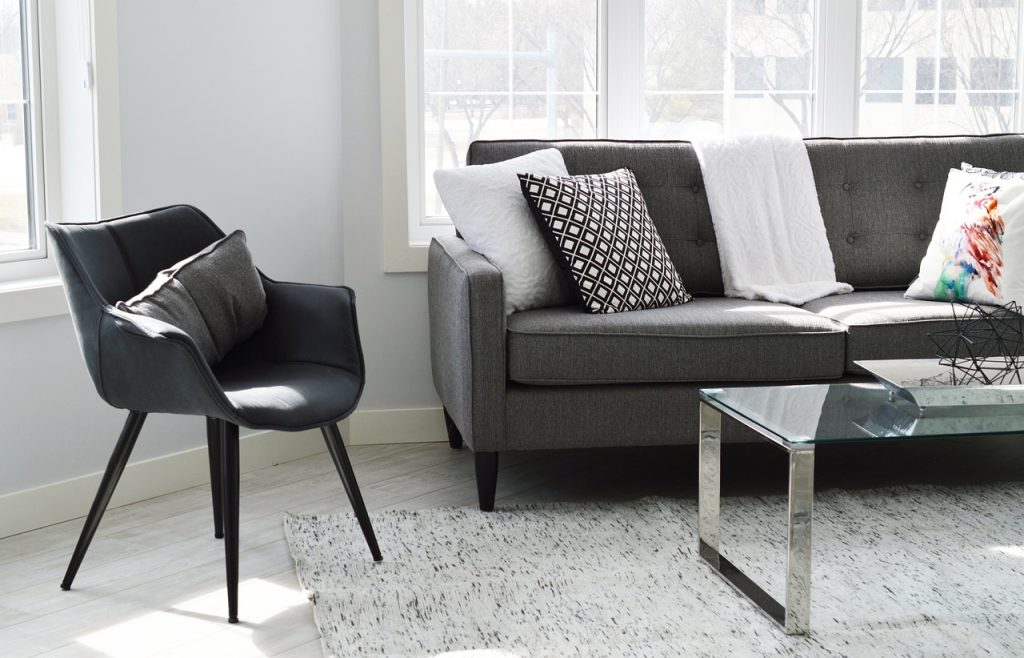
In a world filled with constant stimulation, many homeowners are seeking solace in the simplicity and calmness of minimalist home decor. Embracing clean lines, clutter-free spaces, and a focus on essential elements, minimalism has become a popular design trend. In this article, we explore the principles of minimalist home decor and how you can incorporate them into your space. Get ready to create a serene and harmonious environment that promotes mindfulness and tranquility.
Neutral Color Palette: Minimalist design often relies on a neutral color palette as the foundation. Opt for shades of white, beige, grey, and soft pastels to create a serene backdrop. These colors enhance natural light and create a sense of spaciousness. Consider incorporating pops of color sparingly to add visual interest without overwhelming the space.
Streamlined Furniture: Choose furniture with clean lines and minimal ornamentation. Look for sleek and simple designs that prioritize functionality. Avoid excessive decoration and opt for pieces made from natural materials like wood or metal. Keep the arrangement of furniture open and uncluttered, allowing for easy movement and a sense of airiness.
Decluttered Spaces: One of the key principles of minimalism is decluttering your living spaces. Remove unnecessary items and keep only what is essential. Embrace a “less is more” mindset, ensuring that each item has a purpose and brings you joy. Invest in clever storage solutions to keep belongings out of sight and maintain a sense of order.
Abundant Natural Light: Maximize the presence of natural light in your space. Remove heavy window treatments and allow sunlight to flood in. Opt for sheer curtains or blinds that can be easily pulled aside. Natural light not only brightens up the space but also creates a feeling of openness and connectivity with the outdoors.
Negative Space: Embrace the power of negative space, also known as whitespace. Allow areas of emptiness to exist within your design. This creates visual breathing room and helps to highlight the key elements of your space. Balance is crucial, so be intentional about the placement of objects and the amount of negative space in each area.
Minimalist Art and Decor: Choose artwork and decor pieces that align with the minimalist aesthetic. Opt for abstract or geometric art with clean lines and a limited color palette. Consider incorporating a few well-curated decor items, such as vases, sculptures, or statement pieces, that add visual interest without overpowering the space.
Mindful Arrangement: Be deliberate in how you arrange items in your minimalist space. Create a sense of balance and harmony by considering proportion and scale. Allow room for each piece to breathe and shine on its own. Consider focal points and create a sense of flow as you move through the space.
Minimalist home decor trends offer a serene and uncluttered approach to design. By embracing neutral color palettes, streamlined furniture, decluttered spaces, abundant natural light, negative space, minimalist art, and mindful arrangement, you can create a harmonious and tranquil environment in your home. Embrace simplicity and let the essence of minimalism guide you as you curate a space that promotes clarity, mindfulness, and a sense of calm in your everyday life.
